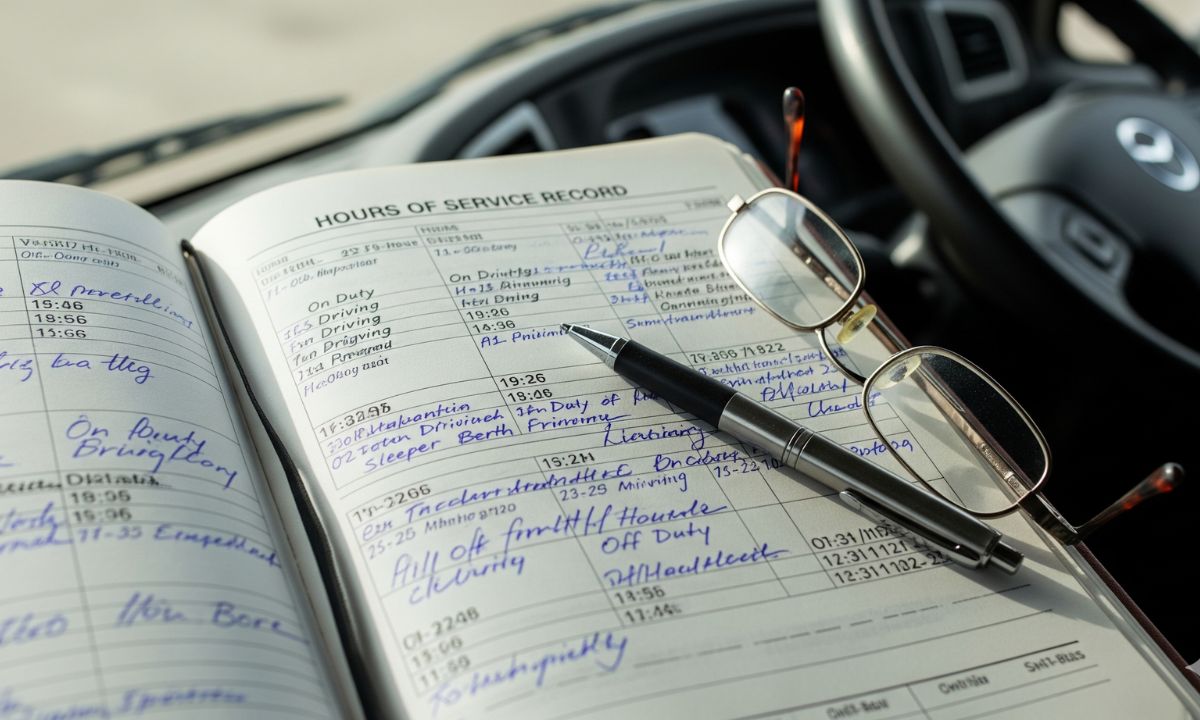What are the Hours of Service (HOS) regulations?
Understanding HOS Regulations for Truck Drivers
The Hours of Service regulations were federal rules created by the Federal Motor Carrier Safety Administration (FMCSA) that ensured that commercial truck drivers operate within the confines of safe operation and avoid fatigue. More specifically, Hours of Service regulations dictate how many hours a driver can spend behind the wheel, how long they are required to rest, and how long they are required to take breaks in duty periods. Following HOS rules is not merely a legal requirement; it protects drivers, freight, and people on the road.
The Purpose of HOS Rules
Primarily, the rules focus on reducing driver fatigue and maintaining safety on highways. The rules permit an individual to limit hours of driving, as well as make provisions for rest by:
- Informing drivers that they should always be alert;
- Providing for a lesser chance of accidents caused by fatigue;
- Assisting the companies to organize more safe scheduling;
- Complying with federal safety standards.
Some Key HOS Limits Imposed On Property-Carrying Drivers
Strict HOS regulations are followed by property-carrying drivers, who could include freight and goods transport.
- 11-Hour Driving Limit: Up to 11 hours of driving after 10 consecutive hours off duty.
- 14-Hour Limitation: No driving after the 14th hour from the time the driver comes on duty, regardless of breaks taken.
- 30-Minute Break Rule: Drivers need to take a break of 30 minutes off-duty or in the sleeper berth after driving for 8 cumulative hours.
- 60/70-Hour Limit: Drivers cannot drive after using 60 hours on duty in 7 consecutive days or 70 hours in 8 days according to their company’s schedule.
Thus, these conditions maintain the balance of work with adequate rest.
Sleeper Berth Provision
HOS also allows some flexibility for the sleeper berth.
- Drivers can fulfill their 10-hour off-duty requirement by taking two segments, one of which must be at least 8 hours in the sleeper berth and the other at least 2 hours of off-duty time.
- Both periods would have to add up to at least 10 consecutive hours.
It helps drivers manage their rest according to his/her schedule and delivery demands.
The 34-Hour Restart Rule
Taking at least 34 consecutive hours off duty would reset the 60/70-hour weekly limit. Such a restart allows the drivers to return to work after taking adequate rest.
HOS Rules for Passenger-Carrying Drivers
There are a few borderline differences with respect to the above two:
- 10-Hour Driving Limit after 8 consecutive hours off duty.
- 15-Hour On-Duty Limit within a duty shift.
Here also, passenger safety is not compromised and at the same time operators are mandated to be well-rested.
The Role of ELDs in HOS Rule Enforcement
Most trucking companies should use ELDs to enforce the regulations. These electronic systems:
- Automatically keeping records of time while driving.
- Recording on-duty and off-duty hours.
- Eliminating the likelihood of false logbooks.
- Compiling all reliable evidence when inspections are carried out.
Making compliance with HOS rules transparent and efficient.
Consequences of Violation of HOS Regulations
The violations of HOS rules can lead to severe consequences:
- Fines and penalties from FMCSA.
- Out-of-service orders preventing a driver from operating until such compliance has been made.
- A negative safety rating for the carrier.
- Higher chances of causing an accident which has liability damage.
It remains the legal requirement that will be making a driver safe, as well as the company operating that vehicle.
Final Words
Knowing and practicing the Hours of Service regulations are key essentials for every truck driver. They bring both productivity and safety; producing legislation that guarantees a good balance between freight movement and the fact that truckers have the rest they need. Strong time-management habits, alongside compliance with the rules, keep truckers safe and successful.
Disclaimer: The information provided in this blog post is for general informational purposes only. While we strive to keep the content accurate and up to date, we do not guarantee its completeness, reliability, or accuracy. Any actions you take based on this information are strictly at your own risk. We are not responsible for any losses, damages, or inconveniences that may arise from the use of this blog.












